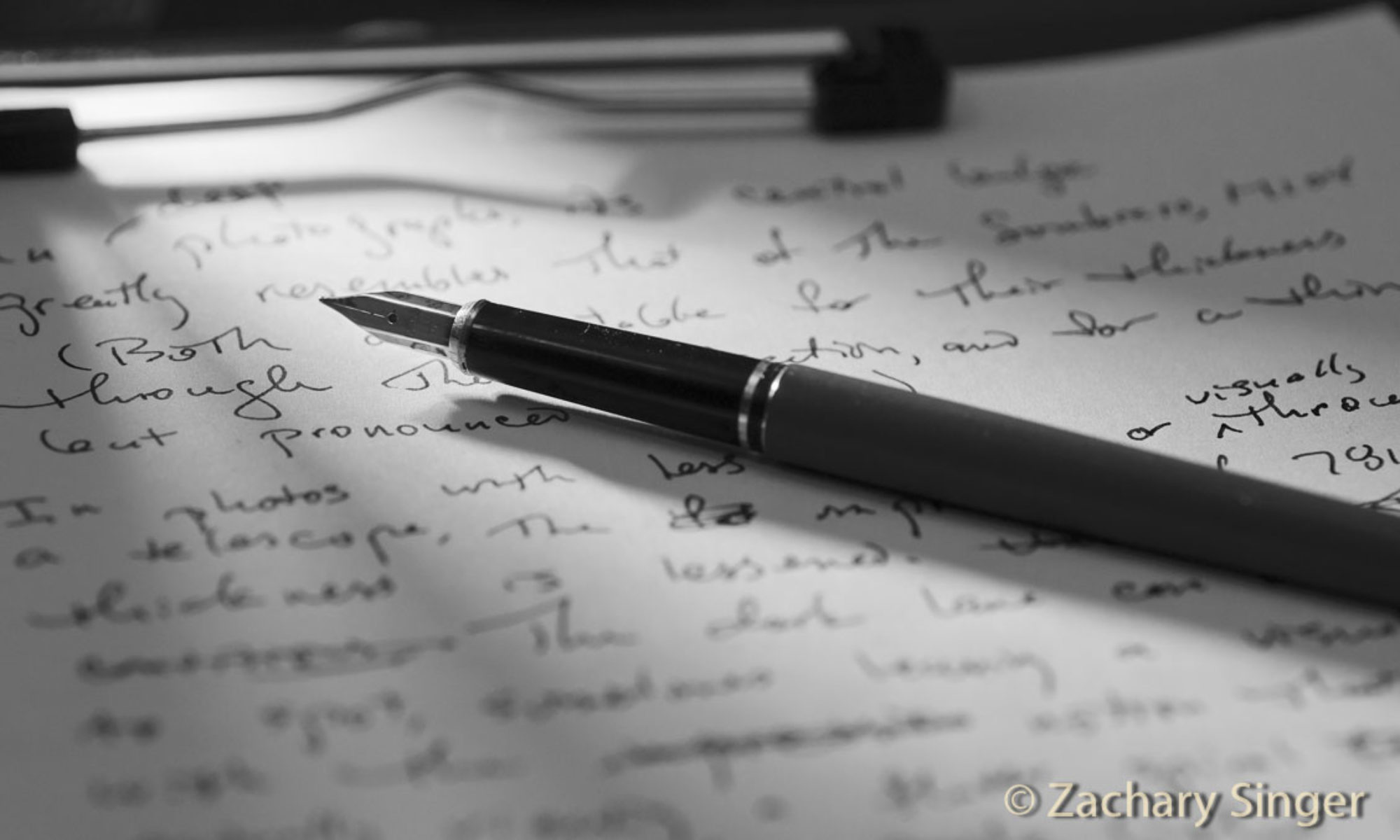
In early July, we’re lucky to have a visit from the comet C/2020 F3, which is visible to the naked eye. If you don’t mind getting up at 4 AM, you can see it yourself! Such comets are relatively rare—and they’re both beautiful and fascinating to look at, especially if you know what they’re all about. Here’s the scoop:
You can think of a comet as a (temporarily) gleaming “snowball” in space. These ancient masses of rock and ice, dating from the beginning of our solar system, spend most of their time in our system’s far reaches, where it’s both dark and cold—but when a comet’s orbit brings it close to the Sun, it becomes brilliantly illuminated, like comet C/2020 F3 is now.
Under this much radiation, part of the comet’s material gets vaporized and blown off the comet, resulting in a tail that streams “downwind,” away from the Sun—this is what gives comets their familiar appearance. (If you watch C/2020 F3 day by day, you may even notice the angle of the tail shift as the comet arcs past the Sun.) Since this is currently a pre-dawn comet, the tail points away from where the Sun will rise.

As currently seen from suburban locations, comet C/2020 F3 appears somewhat more than a thumb’s width in length, when your fist is held straight out in front of you. Around 4 AM, it’s just high enough to get over a single-story dwelling across the street from you—about a fist’s width above the northeastern horizon (hold your arm in front of you, with the bottom of your fist at eye level, while making a “thumb’s up” sign). The comet still looks good around 4:30, but by 4:45, twilight is definitely washing it out, and the comet will fade into the sunrise before 5 AM. Continue reading “How to See Comet C/2020 F3”
